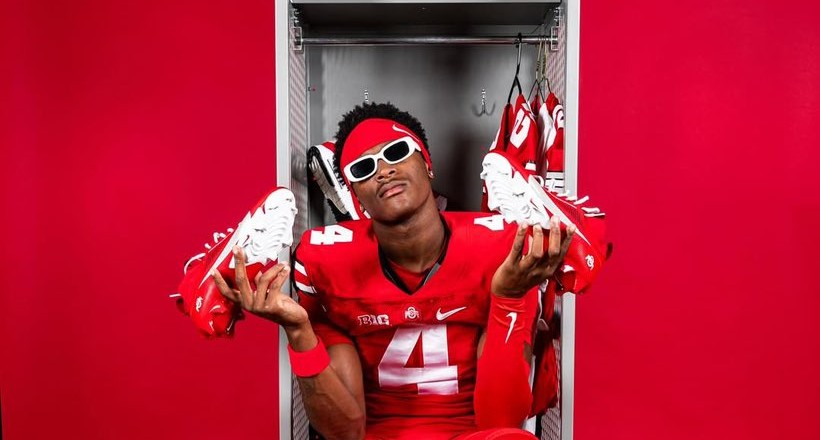
Starting in 2025, college sports will change with a new way to share money. Due to an agreement by the NCAA to settle three lawsuits, schools can pay athletes directly. Each school’s pool for athlete payments will be limited to 22% of the average revenue of Power 5 schools. This figure is estimated to start at around $20-22 million per year and might increase over time.
The impact of Title IX on this new model is still unclear, but schools will have the flexibility to decide which athletes get paid and how much. Effective revenue-sharing will be key to building top teams, especially in high-revenue sports like football and men’s basketball.
Ohio State University (OSU) is preparing for this new model. While cautious at first about using collectives for athlete deals when name, image, and likeness benefits started in 2021, OSU has been planning for months to use revenue-sharing effectively.
In 2023, OSU’s athletic department earned a record $279.6 million. This positions OSU well to benefit from the new model. However, this new system also brings challenges.
Since the revenue-sharing cap is based on the average revenue of all Power 5 schools, Ohio State will share a smaller percentage of its revenue with athletes compared to other schools. If the cap starts at $22 million, this is less than 8% of OSU’s total athletics revenue from 2023.
Ohio State had the highest total revenue of any college athletic department in 2022. This means OSU will likely have more money to support revenue sharing than other schools.
Gene Smith, Ohio State’s athletic director, said, “We’re fortunate they are looking at all schools, so having certain schools in that calculation – if it was just Ohio State, it’d be more money, but when you look at the aggregate, there’s an average.”
While some schools might struggle to pay their athletes as much as possible, Ohio State should not have this problem. OSU is expected to maximize its athlete revenue sharing while also investing in facilities, coaches, and other resources.
Even though Ohio State has a lot of money, it won’t be the only school paying the maximum amount to athletes. The cap ensures a level playing field, preventing any school from outspending others.
In this new environment, schools will face tough choices about which players to pay market value and which they might lose to competitors. Ohio State should retain top players and attract star transfers, but it might lose some recruiting battles for secondary players.
How Name, Image, and Likeness (NIL) collectives will fit into this model is still a big question. Schools might still try to find advantages, but there is hope for stronger enforcement against using collectives for pay-for-play deals.
Ohio State is discussing with its collectives about integrating them into the athletic department to help fund and arrange NIL deals for athletes. This strategy might be adopted by other schools too. NIL opportunities will remain important for Ohio State’s recruitment.
Ohio State’s major city location and passionate fan base provide many endorsement opportunities for athletes, adding to its appeal.
Each school will decide how to allocate revenue across different sports. For Ohio State, football will likely be the main focus, as it competes for top championships. This could affect its competitiveness in men’s basketball against schools that prioritize basketball.
Ohio State’s many sports teams might need to be reevaluated. With only two of its 36 sports making more money than they spend, the rest are subsidized by football revenue. Now, more of that revenue will go to athletes, leaving less for other sports.
New athletic director Ross Bjork and university president Ted Carter have expressed a desire to keep all 36 sports. However, outgoing athletic director Gene Smith noted that funding all sports at a championship level may become impossible.
Smith said, “I think the expectations for other sports will change… we may still sponsor 36 sports, but not all at the same level of support.”
The new model may also remove scholarship limits, allowing all athletes to receive full scholarships. This could add millions in costs for OSU’s 36 sports.
Eliminating sports seems to be a last resort for Ohio State. The university doesn’t want its sports facilities to go unused. However, if maintaining all sports means they can’t compete at a high level, Ohio State might consider focusing on fewer sports where it can excel.










